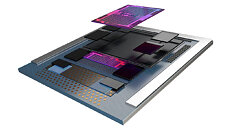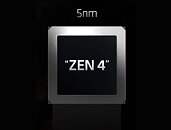
Alienware Unleashes the Ultimate AMD Advantage Laptop and Industry-First 480Hz Display Technology
Today, Alienware reaches new milestones with the launch of the most powerful 17" AMD Advantage laptop, introduction of the standard-defying 480 Hz panel technology for the first time, and unveiling of our first-ever 16-inch Dell G Series laptop. We continue to hold true to the Alienware ethos of creating the apex gaming experience. These advancements are dedicated to making your images sharper, your gameplay smoother, and your experience more immersive through a perfect storm of industry leading gaming technology and iconic design.
For those who value raw power, the Alienware m17 R5 is the laptop for you. It claims the throne as the world's most powerful 17" AMD Advantage laptop, delivering truly remarkable performance. The m17 R5 is forged from a partnership with AMD that features AMD Ryzen 6000 series processors, AMD Radeon RX 6000 series graphics, and new AMD Smart Technologies. Today's update welcomes the new AMD Radeon RX 6850M XT 12 GB GDDR6 GPU to the configuration lineup.
For those who value raw power, the Alienware m17 R5 is the laptop for you. It claims the throne as the world's most powerful 17" AMD Advantage laptop, delivering truly remarkable performance. The m17 R5 is forged from a partnership with AMD that features AMD Ryzen 6000 series processors, AMD Radeon RX 6000 series graphics, and new AMD Smart Technologies. Today's update welcomes the new AMD Radeon RX 6850M XT 12 GB GDDR6 GPU to the configuration lineup.



























































